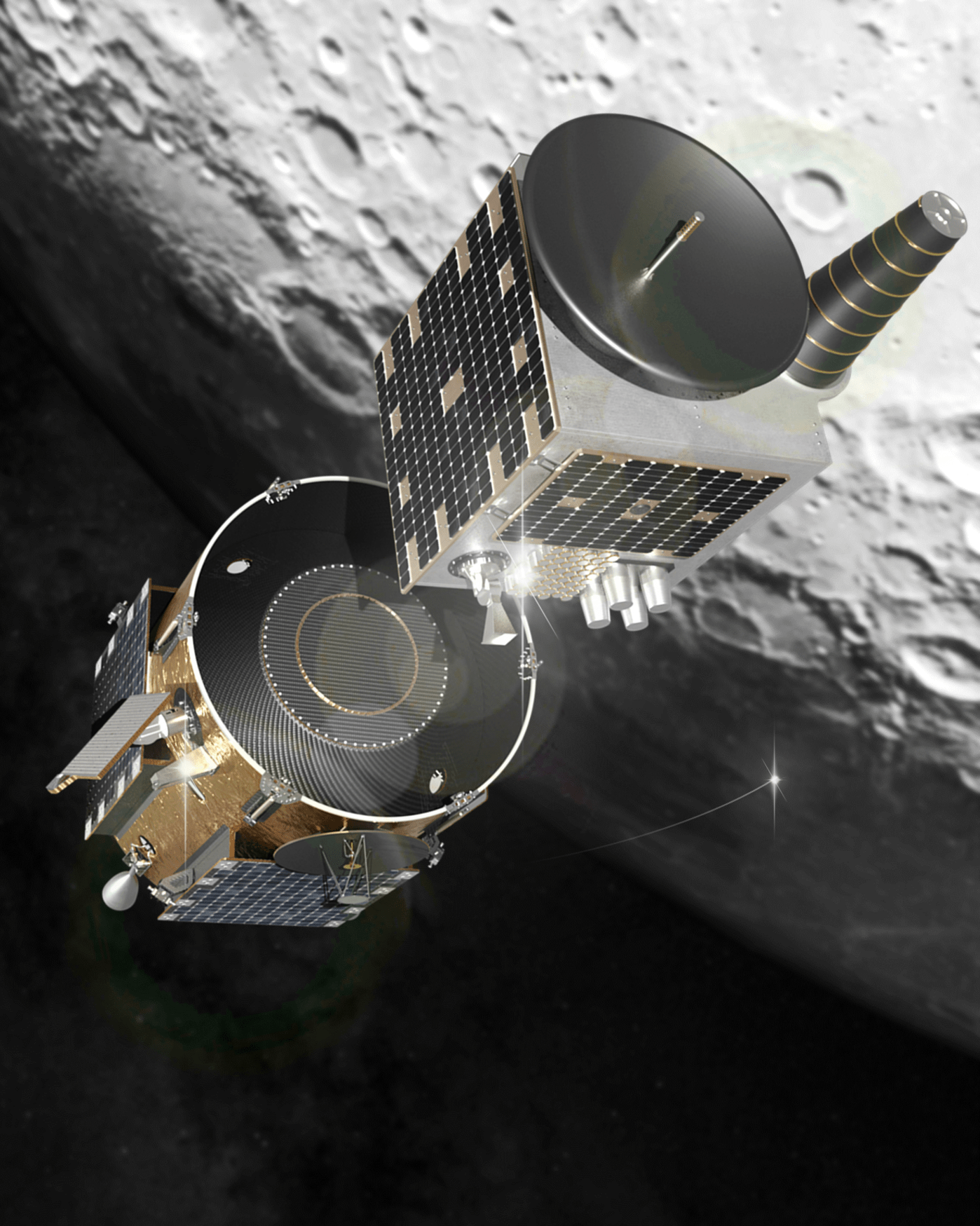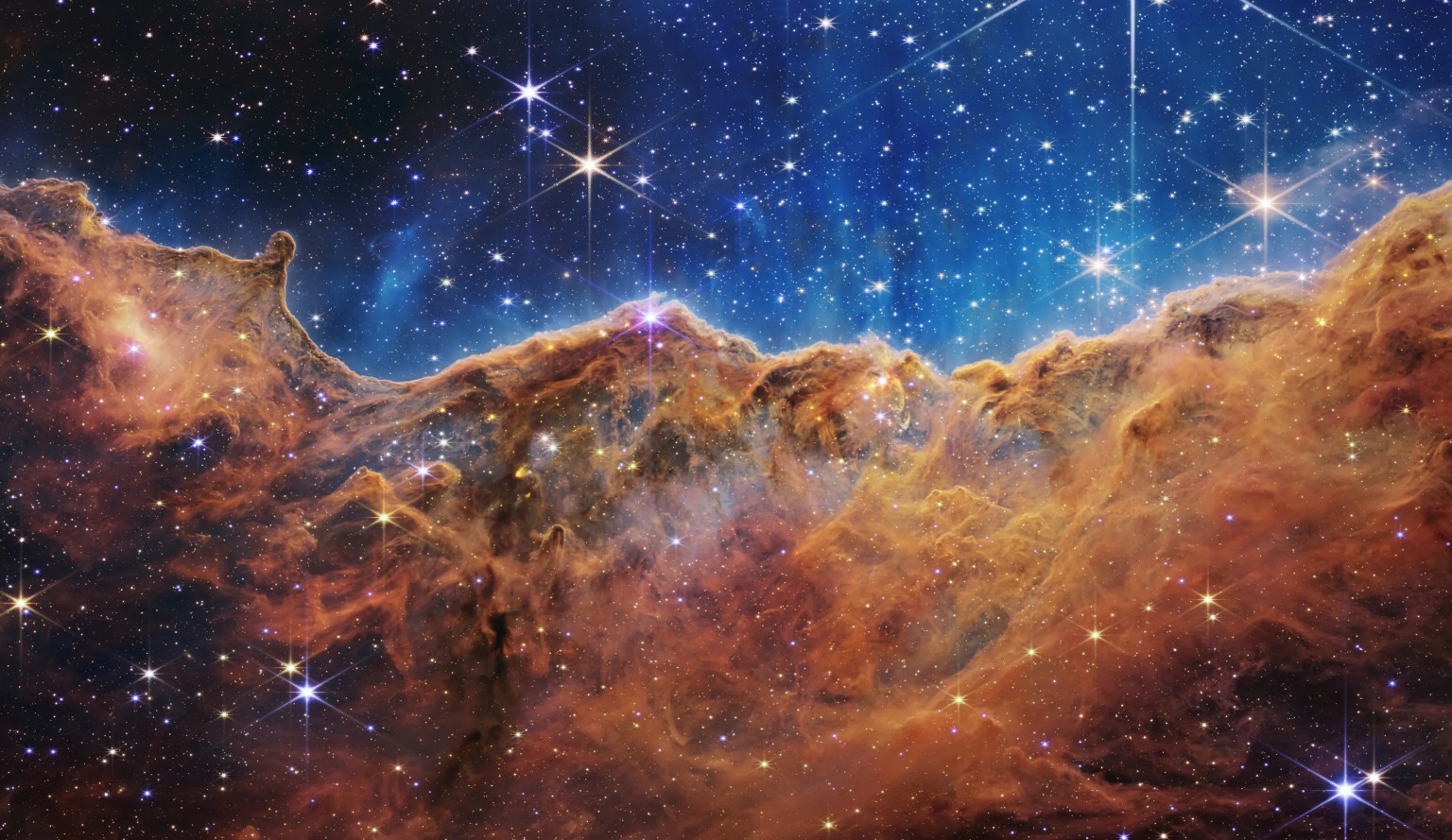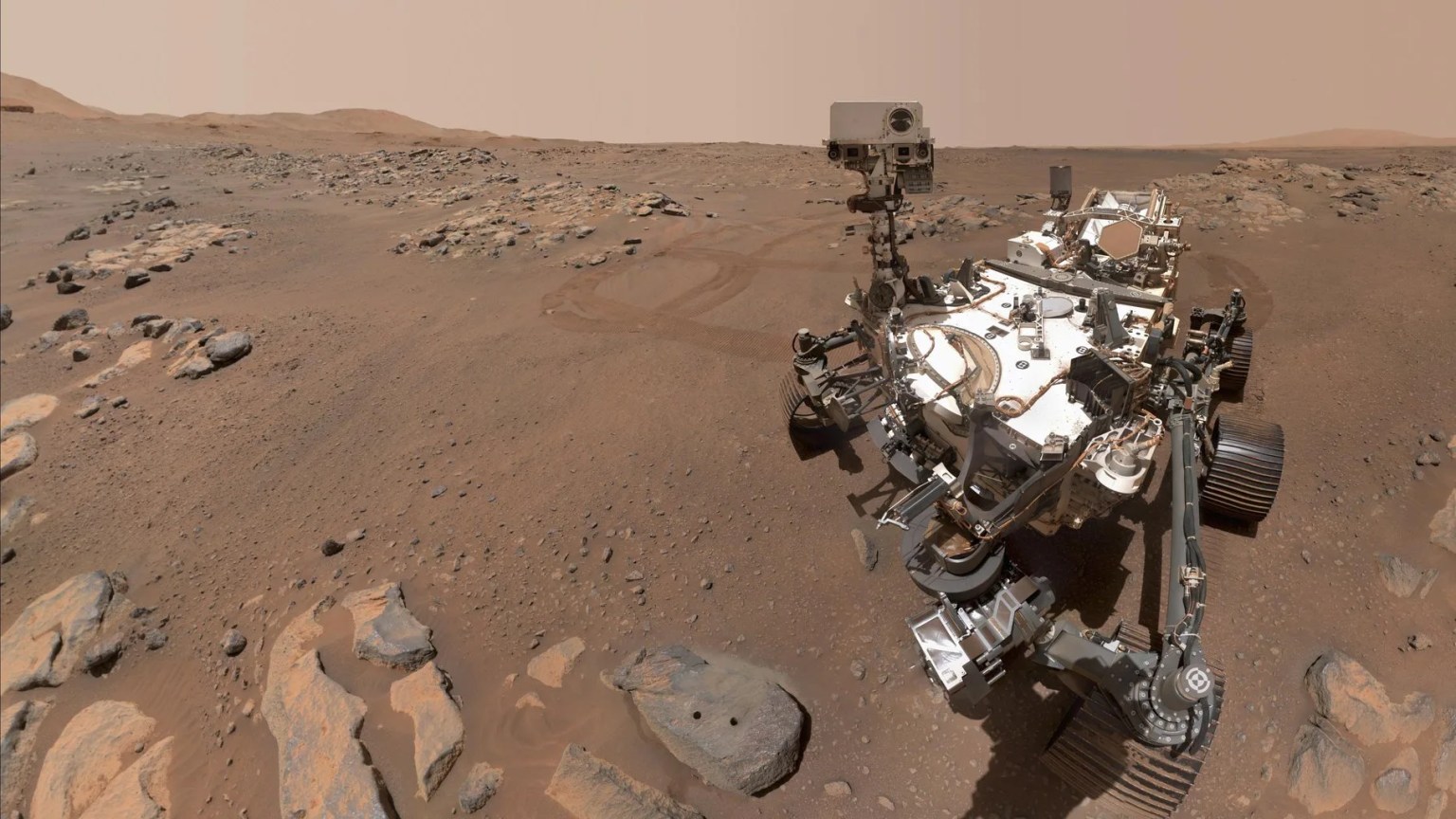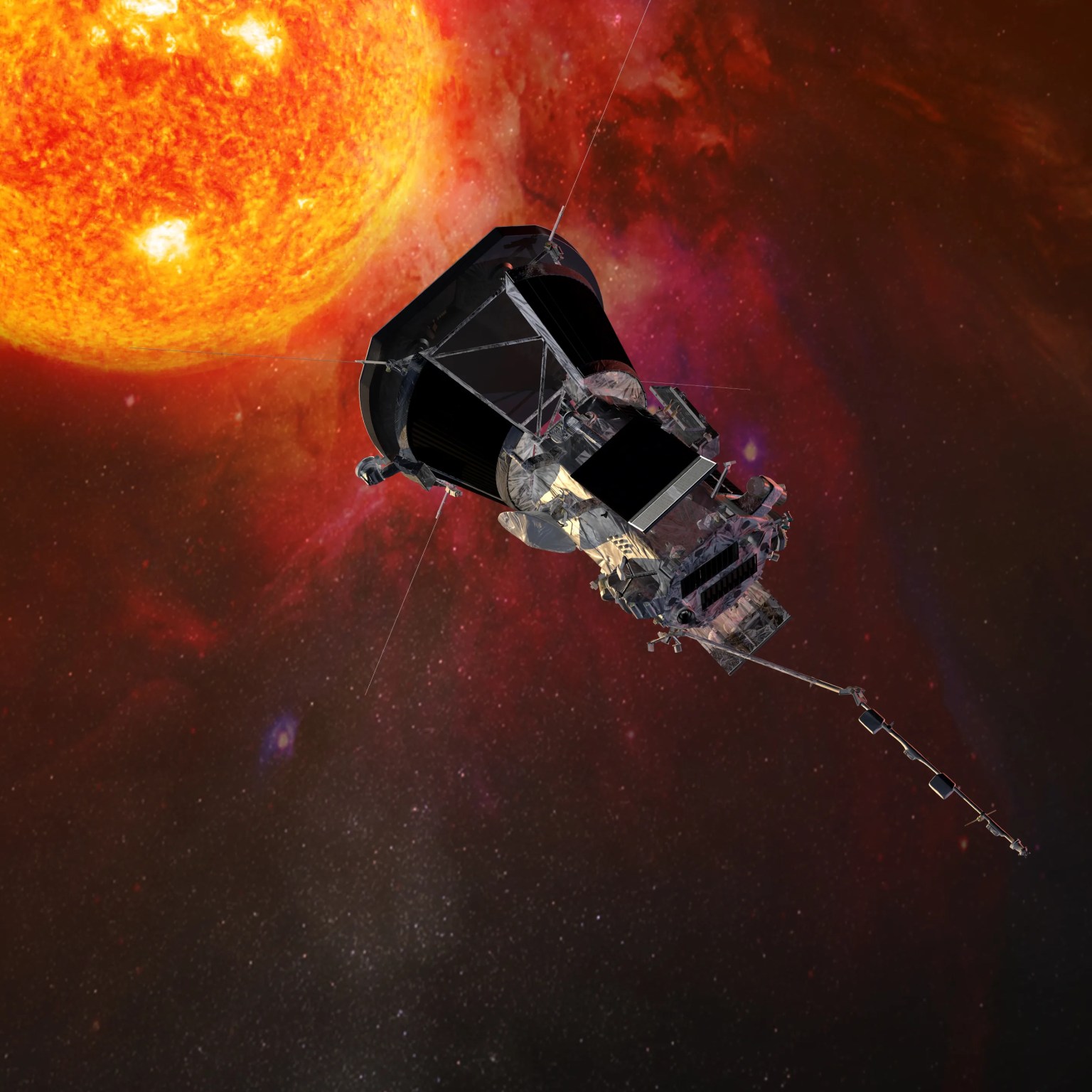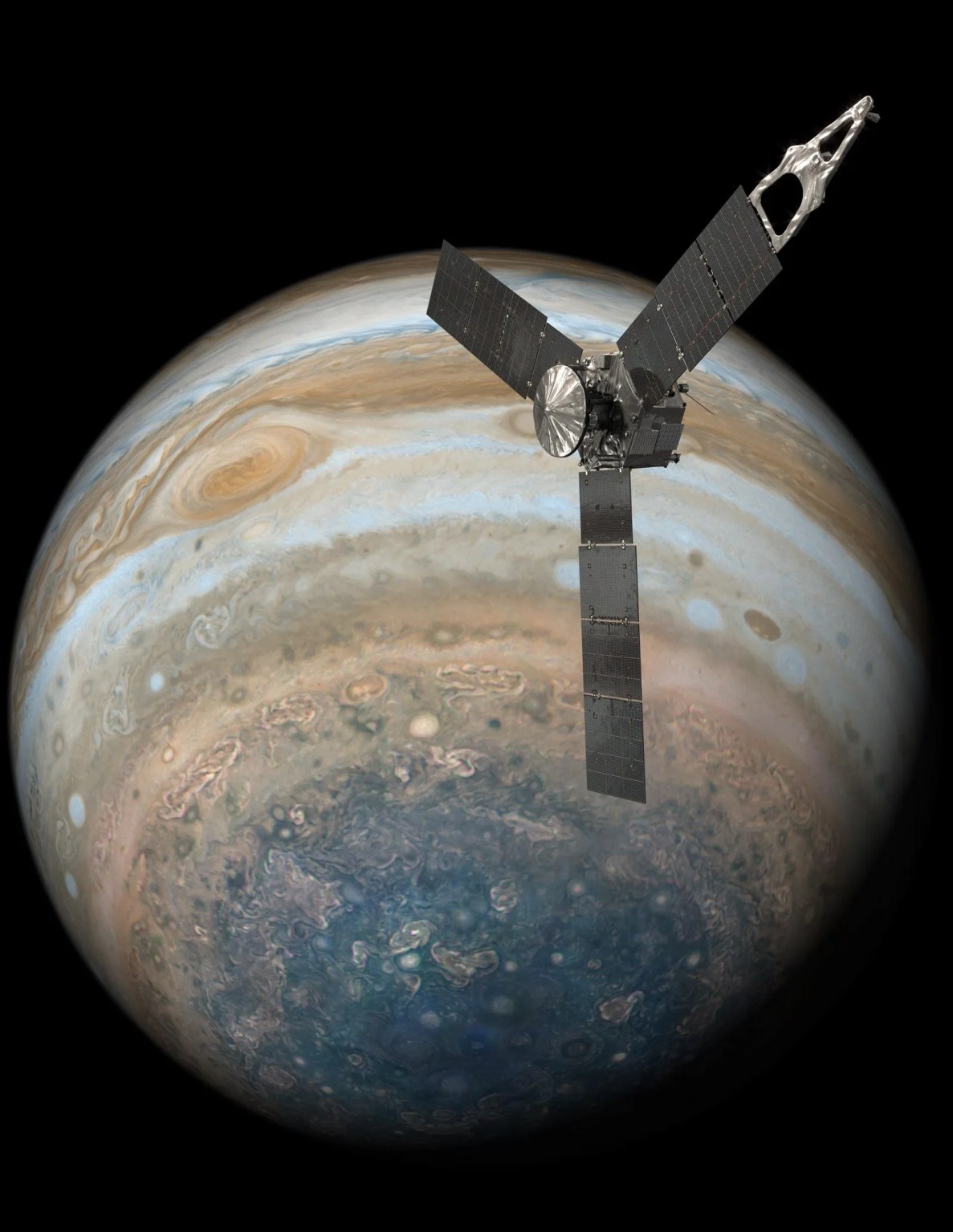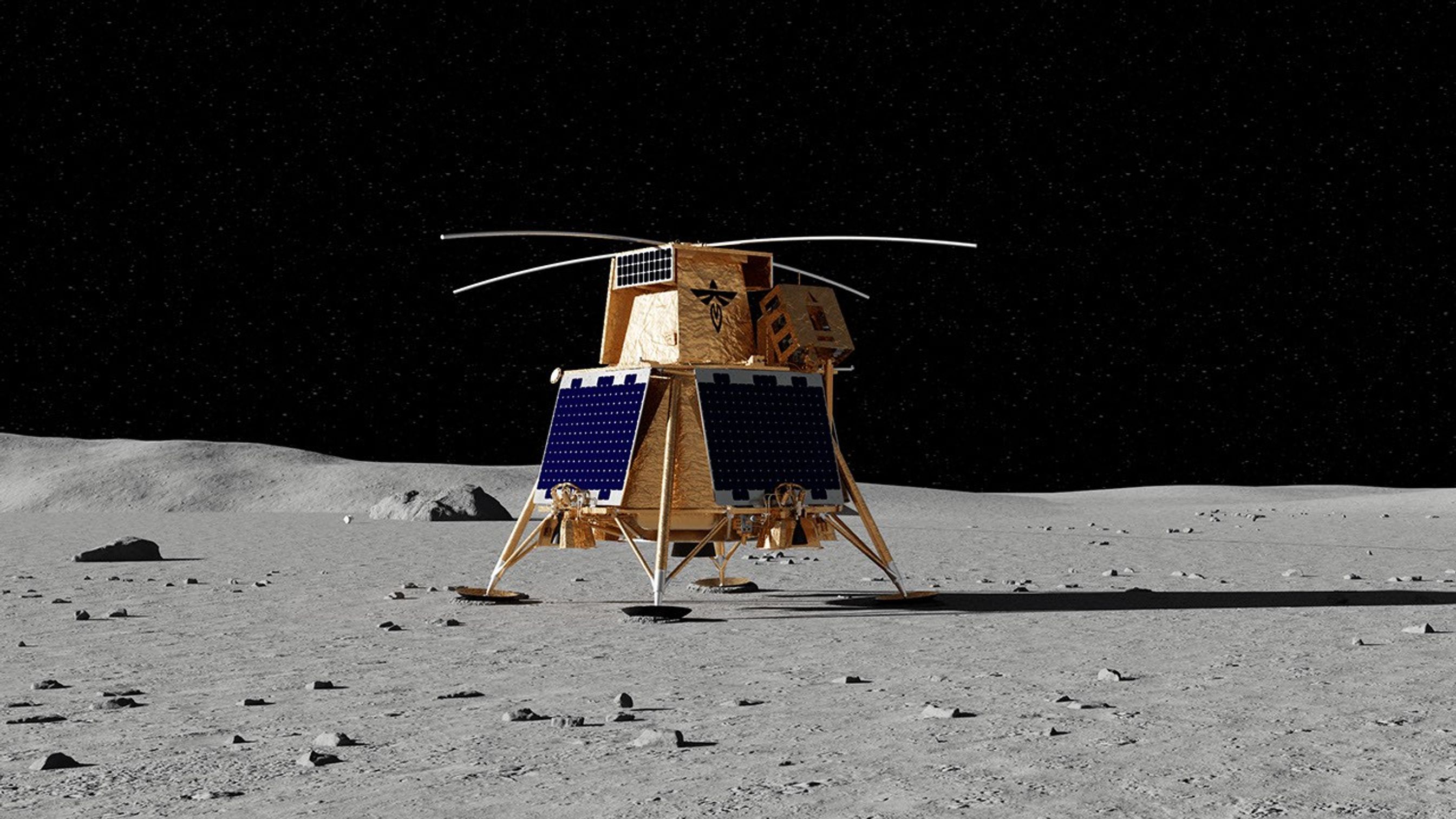
CS-3/4 Science
Firefly's Blue Ghost 2 lander will deliver three NASA CLPS science payloads to the lunar far side.
LuSEE-Night
- Summary: Scheduled to land on the far side of the Moon in 2025 on the CS-3 mission in collaboration with the US Department of Energy (DOE) – BNL and LBL. LuSEE-Night is a sensitive radio detector that will measure the radio sky at frequencies below 50 MHz and act as pathfinder spectrometer for the measurement of the red-shifted 21 cm line remnant from the Big Bang. The far side of the Moon is thought to be the best site for performing sensitive radio observations at low frequencies within the inner solar system. LuSEE-Night will test this hypothesis and potentially open a new wavelength window into our Universe. LuSEE-Night will deploy four monopole antennas in the form of a pair of crossed dipoles. Sensitive preamplifiers will send these signals to a sophisticated digital signal processor, where the signals will be analyzed and compressed for transmission to the ground. LuSEE-Night will be a self-reliant payload by the first nightfall. Once lunar landing and early commissioning are complete, LuSEE-Night will provide its own communications to and from a communications relay in a lunar orbit. LuSEE-Night will also provide its own power system for charging a large internal battery during the lunar daytime. During the lunar night, LuSEE-Night will operate using its internal battery and maintain acceptable operating temperatures using internal self-heating. LuSEE-Night is intended to operate through lunar daytime and lunar nighttime periods for at least one Earth year. By operating LuSEE-Night on the unique radio-quiet region on the far side of the Moon, we will be able to test the hypothesis that the Moon was bombarded by asteroids about 4 billion years ago, as well as the hypothesis that a major rearrangement of planetary distances relative to the Sun and the first single life on Earth occurred at about the same time.
- Type of Instrument: Radio telescope
- Key Measurement: Low frequency radio astronomy (< ~50 MHz) with standalone operations through the lunar night
- Task Order: CLPS CS-3
- Lead Development Organization: Brookhaven National Lab and Lawrence Berkely Lab under DOE MIE
- Payload PI: Dr. Stuart Bale

























